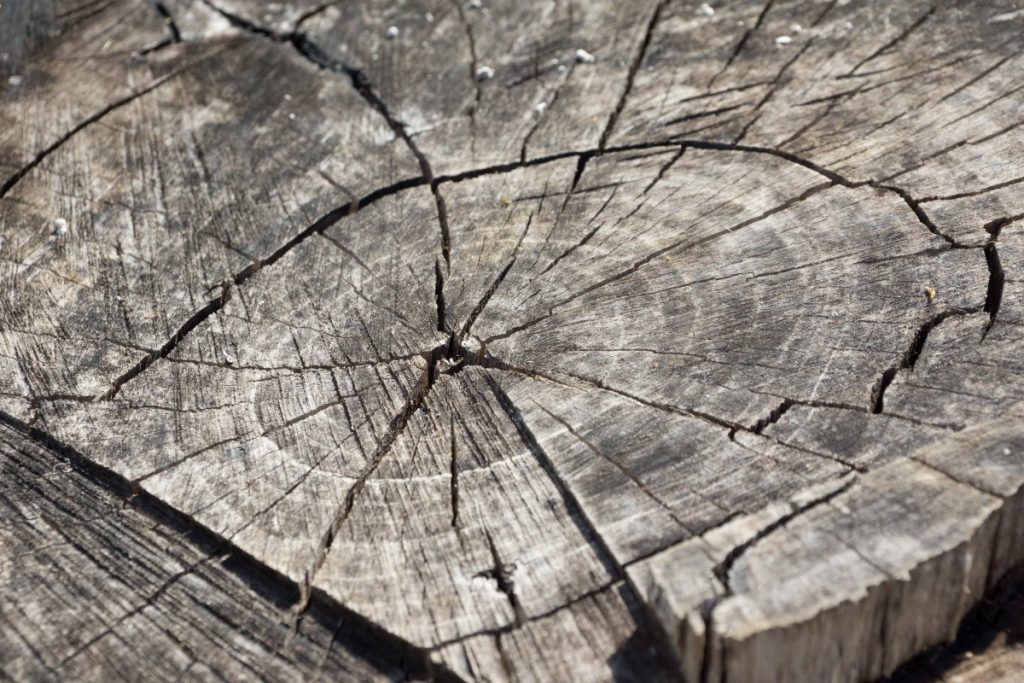Using Mulch in Stump Grinding: How Different Mulching Materials Impact Soil Compaction, Decomposition Rates, and Root Regeneration After GrindingFebruary 24, 2025 |
|
When using mulch derived from stump grinding, you’re utilizing a valuable resource that impacts soil compaction, decomposition rates, and root regeneration. Mulch, such as wood chips, regulates soil temperature, retains moisture, and suppresses weeds, reducing soil compaction and promoting healthier root growth. Different materials have varying decomposition rates; wood chips decompose slowly, while compost breaks down faster and provides immediate fertility benefits. To mitigate soil compaction and nitrogen depletion, mix mulch with other organic materials and replenish it regularly. By following best practices, you can maintain a nutrient-rich soil environment that supports robust plant growth, and exploring further will reveal more detailed strategies for optimizing these benefits.  Using Mulch in Stump Grinding: How Different Mulching Materials Impact Soil Compaction, Decomposition Rates, and Root Regeneration After GrindingWhen using mulch after stump grinding, the type of material you choose substantially impacts soil compaction, decomposition rates, and root regeneration. Wood chips, for instance, decompose slowly and can temporarily deplete soil nitrogen, while compost provides immediate fertility benefits. To optimize soil health and plant growth, it’s essential to understand the specific effects of different mulching materials, such as wood chips, bark, shredded leaves, or compost, on these key factors. Understanding the Role of Mulch After Stump GrindingWhen using mulch from stump grinding, it’s essential to understand the impact of different mulching materials on soil health and plant growth. Wood chips, for instance, decompose slowly and can temporarily deplete soil nitrogen, while also helping to regulate soil temperature, retain moisture, and suppress weeds. By mixing these wood chips with other organic materials like compost or manure, you can mitigate the nitrogen depletion and enhance soil fertility, supporting healthier root regeneration and overall plant growth. The Benefits of Mulch for Soil Health and Plant GrowthUsing mulch after stump grinding is a strategic move that substantially enhances soil health and promotes robust plant growth. Mulch acts as a protective layer, regulating soil temperature and retaining moisture, which aids in root regeneration. As wood chips decompose, they release nutrients like nitrogen, potassium, and calcium, fostering healthier plants. This process also suppresses weeds and maintains ideal soil health. Different Types of Mulch and Their Impact on SoilWhen considering the types of mulch to use after stump grinding, you need to evaluate the specific benefits and drawbacks of each material. Wood chips, for instance, decompose slowly and can temporarily deplete nitrogen in the soil, but they are excellent for retaining moisture and suppressing weeds. In contrast, compost provides immediate nutritional benefits to the soil, while bark and shredded leaves offer varying rates of decomposition and nutrient release, each impacting soil compaction, decomposition rates, and root regeneration differently. Comparing Wood Chips, Bark, Shredded Leaves, and CompostIn the context of stump grinding, the choice of mulch material substantially influences soil compaction, decomposition rates, and root regeneration. Here are the key differences between common mulch materials:
Soil Compaction, Decomposition Rates, and Their Influence on Root RegenerationWhen using mulch from stump grindings, you need to think about its impact on soil compaction, decomposition rates, and root regeneration. The wood chips from stump grinding can help reduce soil compaction by enhancing soil structure and moisture retention, which in turn supports healthier root growth. However, the slow decomposition of wood chips can temporarily deplete soil nitrogen, a factor you should account for to guarantee ideal root regeneration and overall soil health. How Mulch Affects Soil Structure and Root GrowthUsing mulch after stump grinding substantially impacts soil structure and root growth, particularly when organic materials like wood chips are employed. Here’s how mulch affects these aspects:
Best Practices for Using Mulch After Stump GrindingWhen using mulch after stump grinding, it is vital to follow best practices to maximize its benefits. Start by cleaning the stump grindings to remove any debris, such as grass or large wood pieces, to guarantee the mulch is effective in retaining soil moisture and suppressing weeds. Apply the mulch in a layer of 3-6 inches, keeping it away from plant trunks and lower leaves, and consider letting it age for 4-6 months to avoid releasing harmful gases and depleting soil nitrogen. Techniques for Effective Mulch Application and MaintenanceTo guarantee the effective application and maintenance of mulch derived from stump grindings, it is crucial to follow specific techniques that optimize its benefits while minimizing potential drawbacks. Techniques for Effective Mulch Application and Maintenance
After stump grinding in Michigan, the resulting wood chips can be transformed into a valuable mulch that serves several vital functions in your garden. This mulch, often mixed with other materials like bark mulch or shredded leaves, helps regulate soil temperature, retain moisture, and suppress weed growth. When using stump grindings as mulch, it’s essential to think about their impact on nitrogen levels. Stump grindings, composed of wood chips, decompose slowly and can temporarily deplete nitrogen from the soil as microorganisms break them down. To mitigate this, you can add a high-nitrogen fertilizer to the mulch layer. This is particularly important for less established plants with underdeveloped root systems, which may suffer from nitrogen deficiency. Combining stump grindings with other mulching materials like shredded leaves or compost can enhance their benefits. Shredded leaves, rich in organic matter, can help balance the nitrogen levels, while compost provides immediate fertility benefits to the soil. Bark mulch, on the other hand, adds a decorative layer and can help retain moisture more effectively. By mixing these materials and maintaining an ideal mulch depth of 3-6 inches, you can create a conducive environment for root regeneration and overall soil health. Regularly replenishing the mulch as it decomposes guarantees sustained benefits for your garden. |